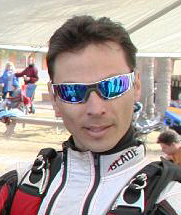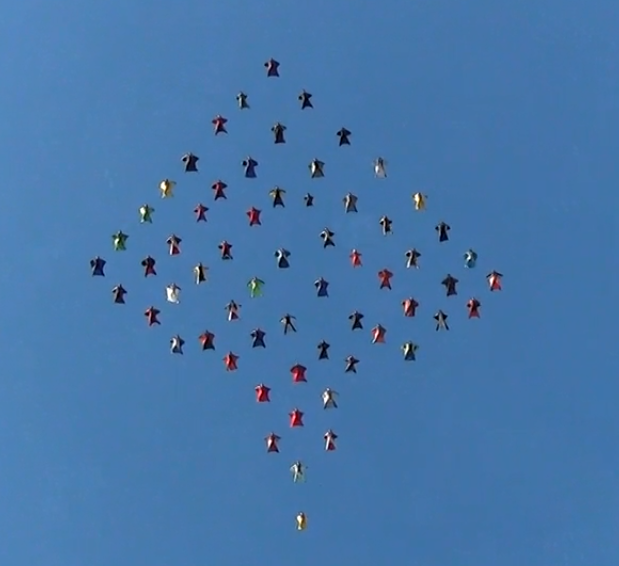Recommended Posts
Vario, you might be in luck as I would point you to a fellow frenchman who could possibly help you in your pursuit. I don't know how to get a hold of him but his name is John-pierre Knapp. He could provide you with a good deal of actual data as he carried out several lengthy tests several years back. I have been involved with a government freefall CFD project for sometime and have had a few opportunities to place a wingsuit model in both a water flow chamber and in a wind tunnel. However, the data is not mine and a NDA prevents me from disclosing specifics. From what I can see, your meshes look well done,good job.![]()
Some people dream about flying, I live my dream
SKYMONKEY PUBLISHING
kallend 1,619
QuoteQuote
I would be wary of accepting that video as gospel. Anyway, the Software he has access to can predict the airflow around a wing more accurately than the video.
I'd be very surprised if off the shelf CFD software can handle the kind of turbulent flow encountered over the top surfaces of a WS. These packages are not designed to do that.
I'll take your word for what the software can and cannot do.
The video is showing one configuration( straight arm ) and a very un airfoil like shape. There is also a very irregular edge after the leading edge(stop video at 20 secs)
Even so, at the end of the video, the tufts pretty much hug the first few inches of the wing.
Compare that shape to the one here
here. Seems like the tufts would hug a shape like this a bit longer.
As for the contribution of the top surface of a properly shaped wingsuit wing to lift, what do you think?
What I think is less important than what can be measured.
However, on ANY airfoil under any flight condition the lift is the difference between the mean pressures on the top surface and the bottom surface, so you can't ignore one surface and hope to model anything useful.
The only sure way to survive a canopy collision is not to have one.
Costyn 0
QuoteThe video is showing one configuration( straight arm ) and a very un airfoil like shape. There is also a very irregular edge after the leading edge(stop video at 20 secs)
Even so, at the end of the video, the tufts pretty much hug the first few inches of the wing.
Compare that shape to the one here
here. Seems like the tufts would hug a shape like this a bit longer.
As for the contribution of the top surface of a properly shaped wingsuit wing to lift, what do you think?
Okay I agree, the pressurized.at movie looks like he's flying a prototype which doesn't have a very smooth look to it. And yes, the V3 would probably do better. I'd love to see more video of wool threads on wingsuits. Tony told me he did a couple jumps with them as well, and he also saw the flow quickly became turbulent, the threads pointing forward instead of back. It would be cool if he could post some video if he has any. Tony?
Also, for this project it might be useful to get some GPS data from someone who does wingsuit BASE, max flight for 30 seconds, to get some good l/d data. It seems that people like Loic and Robi really do get a pretty good l/d, looking at the smoke trail they leave behind.
Cheers
KrisFlyZ 0
Quote
What I think is less important than what can be measured.
However, on ANY airfoil under any flight condition the lift is the difference between the mean pressures on the top surface and the bottom surface, so you can't ignore one surface and hope to model anything useful.
Thank you, I could not have said it better. That is my point exactly!
KrisFlyZ 0
QuoteTony told me he did a couple jumps with them as well, and he also saw the flow quickly became turbulent, the threads pointing forward instead of back. It would be cool if he could post some video if he has any. Tony?
Cheers
Don't doubt that for a sec. IMO, Those tufts pointing forward argues the case for having a butt deflector. But that is my interpretation.
I am really keen on knowing from this CFD study, not on an absolute basis but comparing the results between different configurations for the given model over the same angle of attack range.
a) the Induced drag and how it varies with wing twist(anti-clockwise).
b) Flat wing vs a curved wing(spanwise).
etc.





Nice!! Please add an object like the pack on the back of the person. We need that pack to live .
.
Helmet optional!!
Share this post
Link to post
Share on other sites